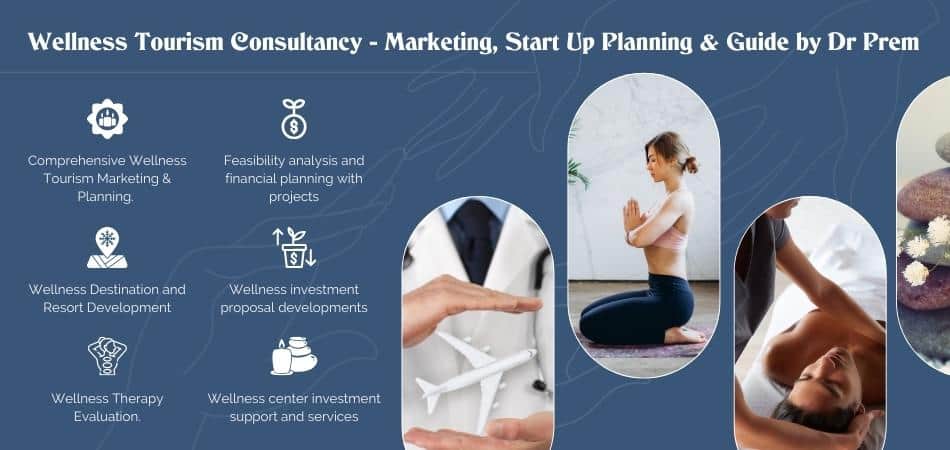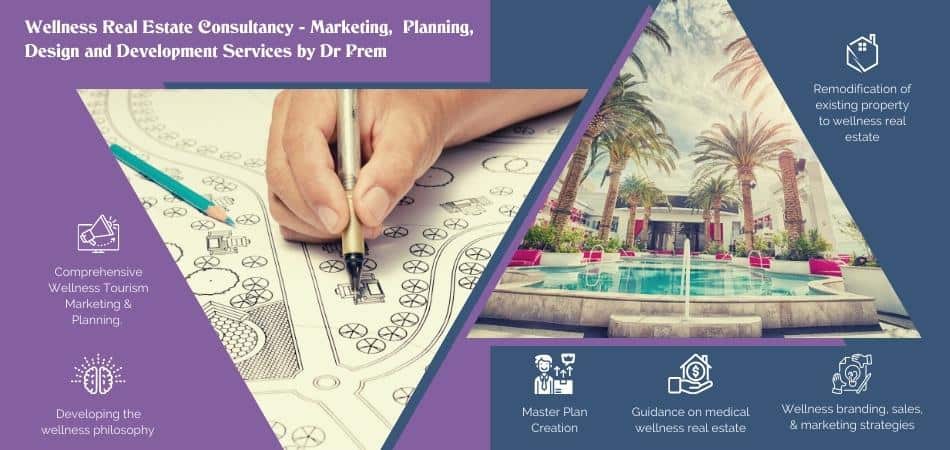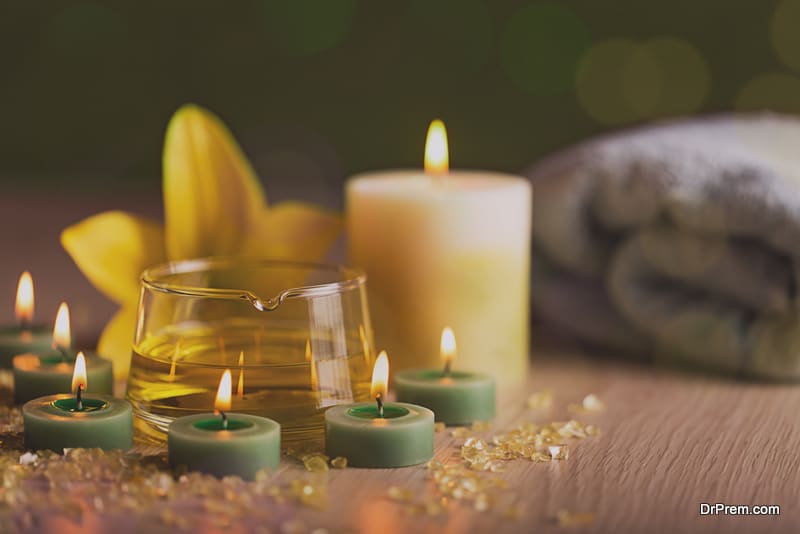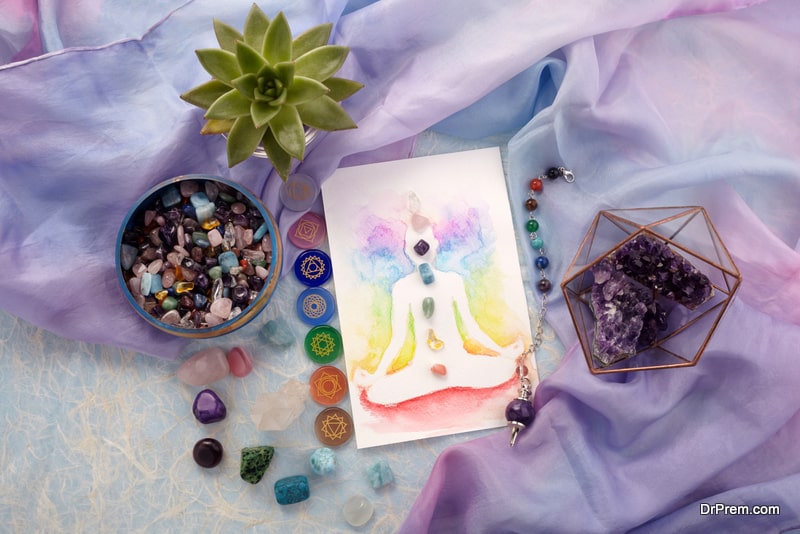Acupuncture is an alternative form of medicine and is an essential element of traditional Chinese medicine (TCM). The fundamental technique involved is the insertion of needles into the body through identified acupuncture points. It is also connected with the application of heat, laser, and pressure on these points and is commonly applied as a remedy for pain relief and a range of other ailments.
There exists a diverse range of acupuncture methods that have their sources in different schools of philosophy. However, the traditional Chinese method has been adopted in the US and other countries as well. Acupuncture is a safe mode of treatment but should be used with trained hands.
It involves the application of single-use sterilized needles on specific points of our body. There is an age-old belief that the efficacy of the system would largely depend upon the lunar, celestial, and other natural and cosmic cycles, the pair of yin and yang energies, and the rhythm of the body of the patient to whom the treatment is delivered.
You will Learn About the following in this Guide:
A Complete Guide to Acupuncture by Dr. Prem – Definition, History, Principle, Benefits, Precautions And Much More
-
History of Acupuncture
-
Principles of Acupuncture
-
What is the Basic Method of Acupuncture?
-
What are Acupuncture Points?
-
What are Some Common Acupuncture Points?
-
What are the Benefits of Acupuncture?
-
What are the Different Types of Acupuncture?
-
What is Cosmetic Acupuncture?
-
How Does Cosmetic Acupuncture Reduce Wrinkles?
-
What Does a Cosmetic Acupuncture Session Looks Like?
-
How Does Acupuncture Treat Neurological Disorders?
-
What Happens During Acupuncture Treatment for Neurological Disorder?
-
How Does Acupuncture Help with Menopause?
-
What Happens During Acupuncture Treatment for Menopause?
-
What are Acupuncture’s Benefits for Pediatric Health?
-
What are the Risks and Side effects of Acupuncture?
-
What Things You Should Consider Before Your Acupuncture Session?
-
What Precautions Should be Taken After Acupuncture?
-
How Long Do Acupuncture Results Last?
-
Some Important Factors About Acupuncture
-
What is Electro-Acupuncture?
-
What is the Science Behind Electro Acupuncture?
-
What is Electro-Acupuncture Used For?
-
What is the Procedure of Electro Acupuncture?
-
Is Electro Acupuncture Better Than Traditional Acupuncture?
-
Is Electro Acupuncture Safe?
-
Which is Better Japanese or Chinese Acupuncture?
History of Acupuncture
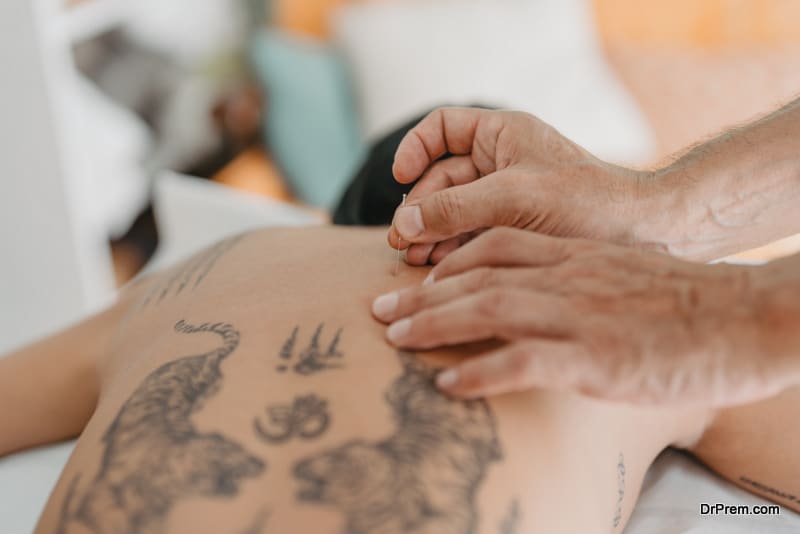
From the excavations in the tomb of Liu Sheng around 100 BCE, gold and silver needles were unearthed which might have been the earliest confirmation of the acupuncture practice. Another theory goes that the historical record of acupuncture was in Shih Chi written by a historian around 100 BC. It is thought that the text documented the medical practice prevalent at that time.
The practice of acupuncture is believed to have been prevalent in the Neolithic Era as well using pointy headstones called Bian Shi. According to the historian’s Lu Gwen Djen and Joseph Needham, there is enough evidence that acupuncture was a regular medical practice around 600 BC.
Principles of Acupuncture
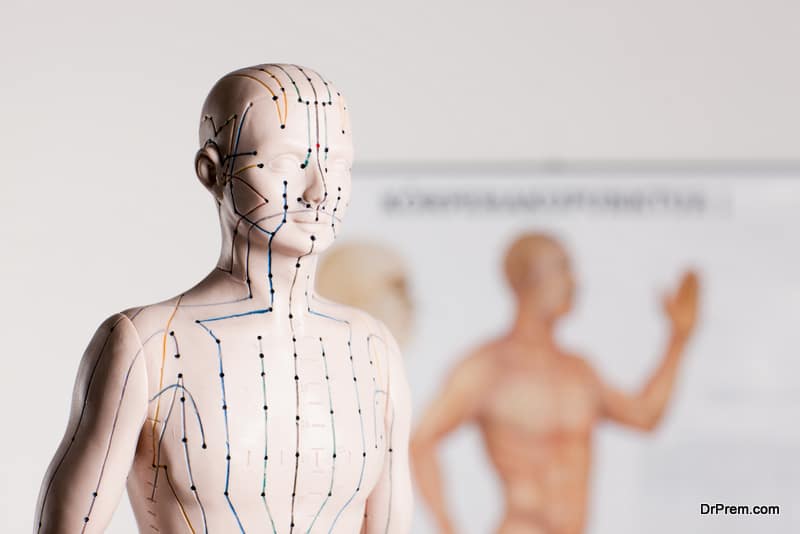
The acupuncture meridians have both positive and negative orientations called the Yang and Yin energies. These two are complementary and one cannot exist in the absence of the other. One is male and the other is female with energies of opposite nature radiating from them.
Yin energies flow through hollow organs like the intestine and stomach. Yang flows through solid organs like the heart and liver. In a healthy person, the yin and yang are in dynamic equilibrium. The net energies of these opposite natures balance each other. In a sick person, the energies get out of balance. Acupuncture is needed to control the meridians for the restoration of balance.
What is the Basic Method of Acupuncture?

The selection of acupuncture points is crucial to curing the disease. This can be achieved by an experienced acupuncturist. He is acquainted with the function of each acupoint and its interaction with other acupoints, which is the key to the success of this kind of treatment.
If you are interested in getting acupuncture from a professionally trained acupuncturist, you can find these services in authorized wellness programs and wellness resorts as well. Acupuncture must be performed perfectly because if any needle insertion goes wrong, too deep, or hits the nerve or vein, it can lead to intense pain, bleeding, and bruises.
What Are Acupuncture Points?

Originally, there were 365 acupuncture points established, which were mapped to the major 14 channels in the body. Each of these channel lines connects to each of the 12 inner organs and the other two are mapped with the spinal cord, also known as the governing vessel, and another one with the abdomen (midline), also known as the conception vessel.
The number of acupuncture points has expanded over time. Some additional channels with their own set of points are also accessed by ears, scalp, feet, nose, wrist, and ankles that are located outside of complete body structure maps and traditionally established channels.
What are Some Common Acupuncture Points?
- Stomach Channel (below the knee)
- Large Intestine Channel (between index finger and thumb)
- Lung Channel (above the wrist)
- Liver Channel (between toes)
- Spleen Channel (above the ankle)
- Small Intestine Channel (below pinkie finger)
- Heart Channel (Outer side of wrist)
- Gallbladder Channel (at joint of neck and back)
- Pericardium Channel (above the wrist)
- Kidney Channel (behind the ankle)
- Urinary Bladder Channel (back of the knee)
- Governing Channel (top of the head)
- Triple Burner Channel (above side wrist)
What are the Benefits of Acupuncture?

Lower back pain

Although acupuncture cannot correct any physical problems such as fractures or a disk herniation,it is less invasive and can help relieve pain and discomfort for a long time.
A new 2020 study from Stanford University has found that 6 weeks of electropuncture helps patients suffering from chronic lower back pain.
Fatty liver disease

Smoking addiction

Fertility

Balance and dizziness

“ST 9” commonly known as “Ren Ying” or “Man’s prognosis” is found near Adam’s apple. This point is used in the treatment of asthma, hiccups, and headaches. Similarly, “LV3” commonly known as “Tai Chong” or “Great surge”, located on the top of the foot can be used to treat a range of symptoms including headaches, anxiety, and chest pain.
Enhance Facial Beauty

This treatment is based on Qi (the Chinese medicine concept). Qi is the energy that supports normal life, which circulates in the entire body through specific pathways. Facial Rejuvenation Acupuncture makes use of ancient principles of Chinese medicine and taps the energy pathways with the help of hair-thin needles. They lightly place those sleek needles into the pathways through which Qi flows, doing so stimulates Qi resources to present inside one’s body.
This non-surgical anti-aging treatment not only rejuvenates the face but also revitalizes the complete body. Acupuncture is a treatment based on the principles of Chinese medicine, which cures skin troubles by finding out both the inner and outer root causes. The professionals insert needles into specific areas and shift the energy flow to the skin and muscles of the face and neck. In other words, this treatment enhances and awakens the internal healing and rejuvenating ability of a body, which makes your skin look years younger and promotes overall health.
Weight loss

It also offers much-needed support to the nervous system which is very important in achieving weight loss goals. For individual weight loss goals and obstacles, different acupuncture points may be selected. Different points will be stimulated as symptoms change. For best results, you should schedule your acupuncture session two times a week for up to 12 weeks or until you can reach your goals for a healthy weight. Depending on your particular weight loss goals, even one session per week can suffice.
Apart from instant remedies like acupuncture treatment for back pain and other above-mentioned benefits, acupuncture has long-term benefits too which are as follows:
– Reduces stress
– Infuses you with vital energy
– Clarifies the thought process
– Gives a relaxing break to gather energy
– Helps get a deep and peaceful slumber
– Helps think positively about food choices
– Helps accept changes and innovations
– Makes you more composed
– Builds endurance
– Boosts confidence
What are the Different Types of Acupuncture?

What is Cosmetic Acupuncture?

Cosmetic acupuncture is considered as the latest weapon in the war between age and youthful looks. It is being practiced by several renowned celebrities around the world, including Jennifer Aniston, Angeline Jolie, Gwyneth Paltrow, etc.
How Does Cosmetic Acupuncture Reduce Wrinkles?

Acupuncture can effectively reduce fine lines and wrinkles while removing blemishes, lifting sagging skin, and improving overall skin color and texture. The effects of these sessions last for almost three months without any side effects.
What Does a Cosmetic Acupuncture Session Looks Like?

At the end of this period, the needles are removed, following which the individual will feel slightly disoriented for a while (a result of the endorphin release in the body). Although the effect on the skin is evident from just one session, three more sessions can cause a definite improvement in skin condition. A total of seven to ten sessions is recommended for maximum benefits following which a monthly maintenance session is all that is required to retain that youthful glow on the skin.
How Does Acupuncture Treat Neurological Disorders?

Acupuncture can be of help in different types of nervous disorders and chronic dysfunctions. Acupuncture can come as a cure for patients suffering from peripheral neuropathy. The peripheral nervous system is responsible for transmitting information from the brain to the spinal cord. Neuropathy that is caused by diabetes can affect the patient’s feet. Carpal tunnel syndrome, also referred to as nerve entrapment, happens due to the swelling of nerves or tendons.
The effects of this syndrome can be reduced by the use of acupuncture. Chronic headaches can disrupt your life and prevent you from giving your best to the family and your profession. Acupuncture sessions help in reducing stress and headaches.
What Happens During Acupuncture Treatment for Neurological Disorder?

The needles are left inserted into your skin for 20 minutes to 60 minutes. The practitioners will also offer advice for better home care so that the ailment can be consistently combated. Acupuncture is an effective solution for correcting neurological disorders and nervous dysfunctions.
How Does Acupuncture Help with Menopause?
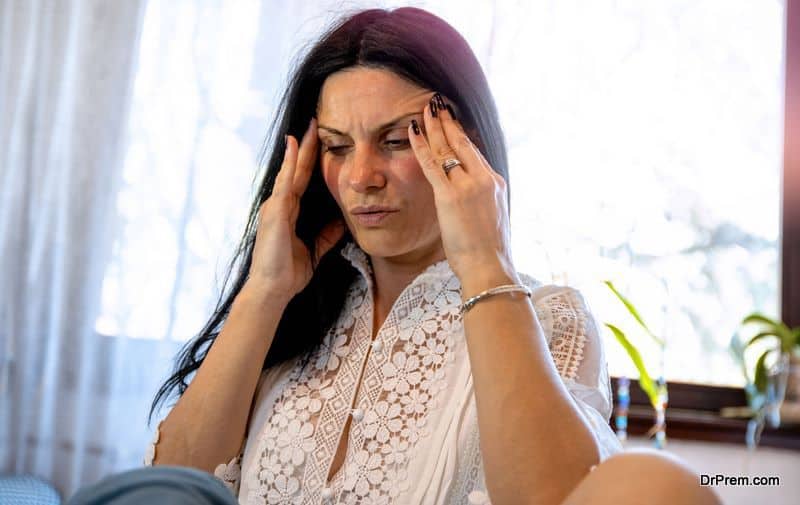
Symptoms may be person specific but some of the common symptoms observed are vaginal dryness, hot flashes, sleep disorders, mood fluctuations, weight gain, slow metabolism, and fatigue. Many women going through menopause also express complaints of heart diseases and bone problems, due to sudden hormonal changes.
Depending upon the severity of the symptoms, customized treatment can be offered. However, the general aim of all the treatments is to mitigate uncomforted or distressing feelings; to stay healthy, vital, and sexually active.
In this regard, the Chinese traditional rehabilitative approach and acupuncture go hand in hand to effectively treat post-menopausal discomforts, with lasting benefits. A Series of evidence and global patient reports have endorsed that a complete package of Chinese herbs along with acupuncture and proper nutritional maintenance can significantly ease physical and mental discomforts in all women irrespective of age, race, and ethnicity.
What Happens During Acupuncture Treatment for Menopause?

Every woman has to go through an imminent, transitional stage of menopause, and is always advisable to enjoy the stage with a happy heart along with the healing power of acupuncture. The meta-analysis done so far has confirmed that by pressurizing some of the known healing acupressure points, you can minimize the frequency of hot flashes, and severity of menopause-related symptoms; leading to improved quality of life.
In the case of post-menopause discomforts, many women undergoing treatment with acupuncture in combination with other prescribed medications have reported a significant reduction in hot flashes, emotional imbalances, and improved sexual function after the treatment. The complete holistic approach has successfully helped many women to bring their bodies back to balance; ensuring the restoration of optimum health.
What are Acupuncture’s Benefits for Pediatric Health?
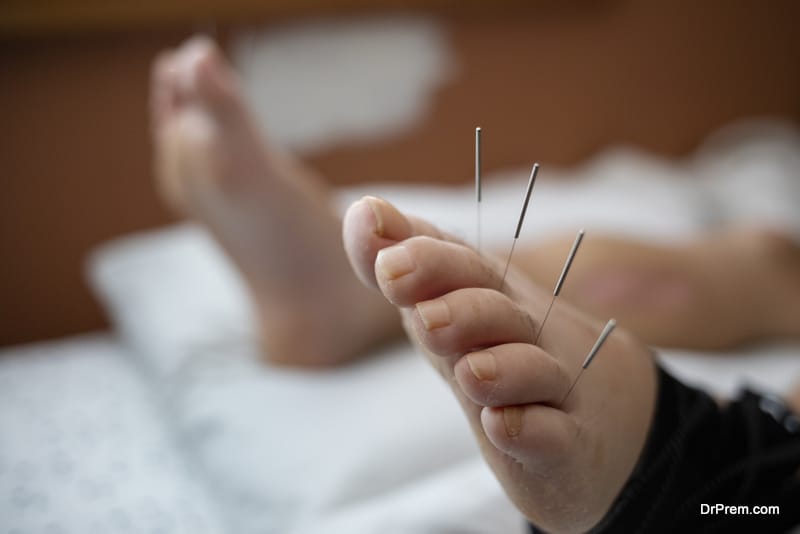
In most children, different medical problems can be managed adequately with medication, but some children cannot tolerate medicines and develop side effects with medicines. Parents of such children must consider acupuncture as an alternative treatment for their kids. Acupuncture can treat children with various ailments by curing the root cause of the illness and doing so without side effects and pain.
Acupuncture is safe for children since modern acupuncture techniques are carried out using painless ways, this includes, needle-less (non-needle) treatment techniques. This makes acupuncture a safe treatment method for children and even children afraid of needles can be introduced to painless acupuncture.
Pediatric acupuncturists use rapid needling techniques for babies and children, wherein very fine needles (size of a hair strand) are used. The needles are inserted and removed immediately, this means kids don’t have to sit for endless hours; the process takes a few seconds and kids are free.
What are the Risks and Side effects of Acupuncture?
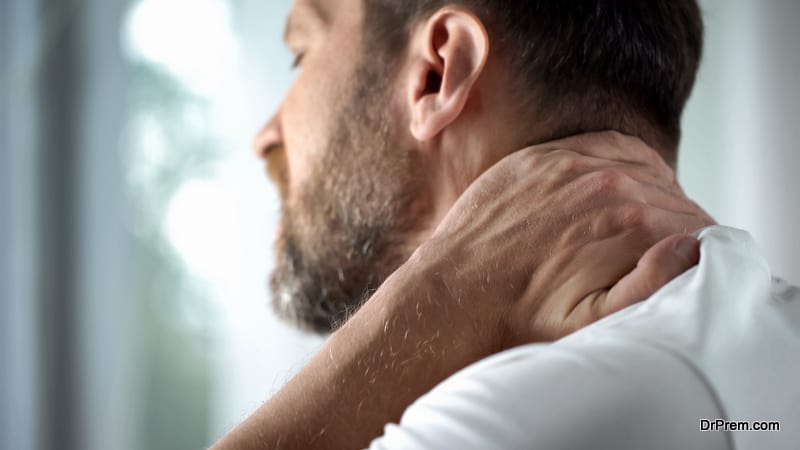
Some people might experience a flare-up that occurs a day later. It is also temporary and fades away completely within a few hours or days. This flare-up is also believed to be a part of the healing process or healing event, after which your symptoms are improved. Inform your therapist about your side effects in the next session. However, acupuncture does not worsen any symptoms.
Certain risks of acupuncture are extreme pain, bruises, bleeding, etc. To avoid such risks of acupuncture, make sure you undergo the treatment from a professionally skilled and certified acupuncturist only.
What Things You Should Consider Before Your Acupuncture Session?
- Make a list of all your medicines and medical history as well, especially if your treatment has a component of herbs. As some medicines can interact with herbs and cause adverse effects, it is necessary to keep your doctors informed about them.
- It is advised that you keep a day of your treatment aside for rest. Your body requires rest and should not be engaged in any stressful full or overexerted activities before or after the acupuncture.
- Eat an appropriate amount of food. You should consume your meal at least 2 hours before the appointment. However, don’t skip the food or overeat. You should consume nutritious and healthy food.
- Avoid caffeine, alcohol, and smoking prior to acupuncture, as these substances increase your blood pressure and also enhance your body’s fight or flight mode; which may interrupt in processing benefits of acupuncture.
NOTE- Acupuncture is not recommended for pregnant women, as certain acupuncture points can trigger labor or contractions.
What Precautions Should be Taken After Acupuncture?
- Avoid cold temperatures and keep yourself warm for promoting energy flow and healing.
- Avoid strenuous exercises or heavy physical activities.
- Do not dehydrate yourself, drink plenty of water to keep things going well.
- Avoid driving or use of any machinery if you are feeling dizzy or lightheaded.
How Long Do Acupuncture Results Last?

Some Important Factors About Acupuncture
- Acupuncturist checks your tongue and pulses, as they are the diagnostic tools that help to get an idea about your health and plans out a suitable course for your treatment.
- Acupuncture treatment is not a painful procedure. Today’s acupuncture needles are very thin, made of stainless steel, and sterilized. You may only experience a slight pinch or tangling feeling.
- It is not just to cure any pain or health problem. Acupuncture is a great way to boost immunity, and improve your blood circulation, and overall mood as well.
What is Electro-Acupuncture?

It uses the same acupuncture points that are used traditionally. However, one needle is placed on the exact spot and the other one is placed around it. A small current is then passed through these needles, providing more stimulation to each point compared to hand manipulations and needle twirling performed by a traditional acupuncturist.
The current and frequencies can be adjusted as per the requirement and comfort of the patient. It also ensures the right amount of stimulation throughout your treatment. The duration of Electroacupuncture is shorter as it activates your acupuncture points quicker and covers a larger area of the body than the traditional method.
What is the Science Behind Electro-Acupuncture?
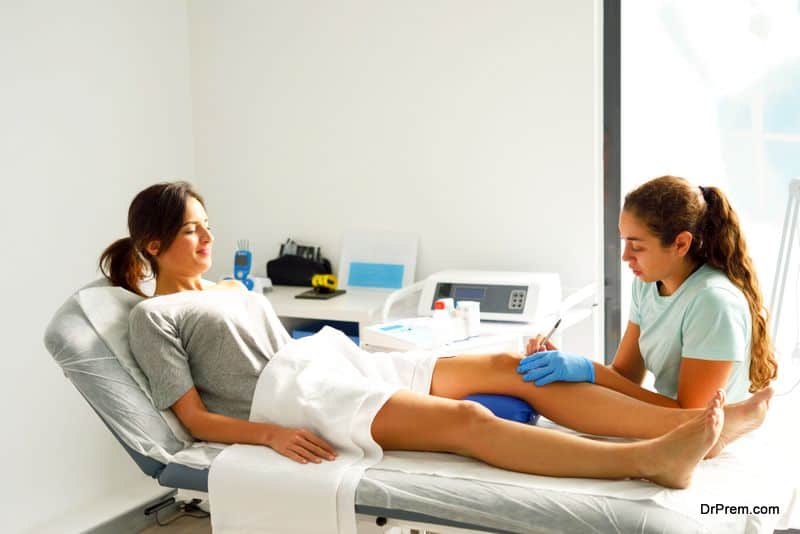
This restores the natural healing abilities of your body and improves physical and emotional well-being.The use of Electro-Acupunture can escalate these benefits in a shorter time.
What is Electro Acupuncture Used For?
- Electroacupuncture improves the flow of blood and also warms up muscles. This can be helpful to relieve any pain. As it also activates the release of bioactive chemicals, it can also block the pain or decrease your sensitivity towards it.
- This modern form of acupuncture can help with inflammation as well. It works by activating sympathetic nerve fibers that boost the release of endogenous opioids resulting in reduced inflammation and feelings of persistent pain.
- Electroacupuncture has also proven effective in providing relief from long-term chronic stress through stimulation. This makes it a useful treatment for chronic pain and stress.
- Additionally, a few studies haveshownelectroacupuncture benefits in providing relief from arthritis, acute pains, and side effects from chemotherapy.
- Some studies have also found that electroacupuncture can be helpful in increasing the release of Mesenchymal Stem Cells (MSCs) in the bloodstream. MSCs are adult stem cells that are mostly found in the bone marrow, it helps in the creation of different types of tissues and also has healing properties.
What is the procedure of Electro Acupuncture?
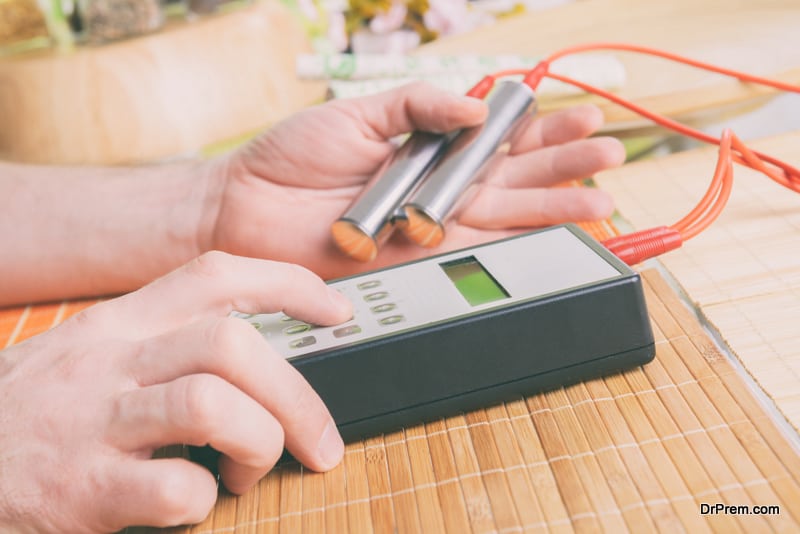
- Initially, your symptoms will be evaluated by your acupuncturist. As per your health issues, acupuncture points are determined for the treatment.
- Then your acupuncturist will insert a needle exactly on the treatment point and another needle will be placed anywhere near that point.
- Once the needles are inserted in the correct place with the correct depth, electrodes will be used to connect these needles to the electroacupuncture machine.
- After everything is set and connected, your acupuncturist will turn on the machine. The electric current from the machine pulsates between these two needles alternatively.
- At first, low voltage and frequencies are used. The current and voltage settings will be further adjusted as per the requirement during the treatment.
- The duration of Electroacupuncture sessions can typically last for 10 to 20 minutes, which is less compared to the traditional acupuncture session.
Is Electro Acupuncture Better Than Traditional Acupuncture?

Is Electro Acupuncture Safe?

On the other hand, needle insertion through the skin during electroacupuncture may carry a slight risk of injury or infection. Evidently, several investigations have shown that these risks of injury and infection are mostly seen when the treatment was carried out by an inexperienced or unqualified acupuncturist.
Therefore, be it traditional acupuncture or electroacupuncture, it must be performed by a qualified and licensed acupuncturist only to ensure its safety and effectiveness. Hence, it is highly advised to check if the practitioners havethe required qualification, authorization,and experience before undergoing the treatment.
Besides this, Electroacupuncture is not safe for people with certain medical conditions especially those with a history of heart problems, seizures, stroke, or epilepsy.Patients with pacemakers must avoid the use of electroacupuncture as even a small-scale electric stimulation can cause disruption in the working of these devices, which are essential for regulating heart rate.
Which is Better Japanese or Chinese Acupuncture?

In a nutshell, Japanese acupuncture is a comparatively gentle technique that uses more palpation and causes little or no pain.However, both techniques are used for helping patients to restore and improve their health, overallwell-being, and longevity.






